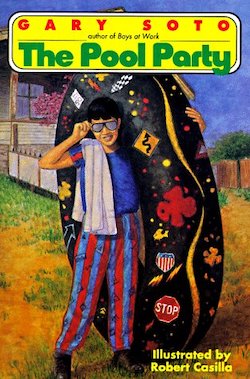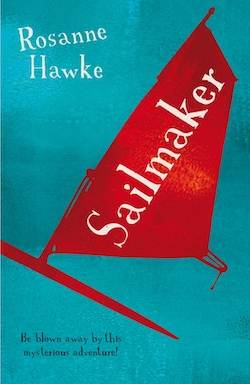Where did the snippets come from?

Only the Heart by Brian Caswell and David Phu an Chiem
From the chaos and the fear of post-war Saigon, and the terror of pirates on the open ocean, to the triumph and tragedy of new life, Only the Heart is the story of Toan and Linh, and a family that endures the nightmare, in search of the dream.

The Pool Party by Gary Soto
Rudy Herrara gets an invitation to a pool party from Tiffany Perez, the richest and most popular girl in school. Each day until the party, Rudy worries about what to wear, what kinds of dives to do and what to bring Tiffany. When the day arrives, Rudy is in high spirits. Will he make a big splash at the pool party?

Sailmaker by Rosanne Hawke
With his criminal biological father back in jail, Joel thinks all his troubles are behind him. He’s looking forward to the future with his biker foster dad, Dev. But Joel runs into trouble when he and his best friend, Mei, discover that the island lighthouse is haunted.

